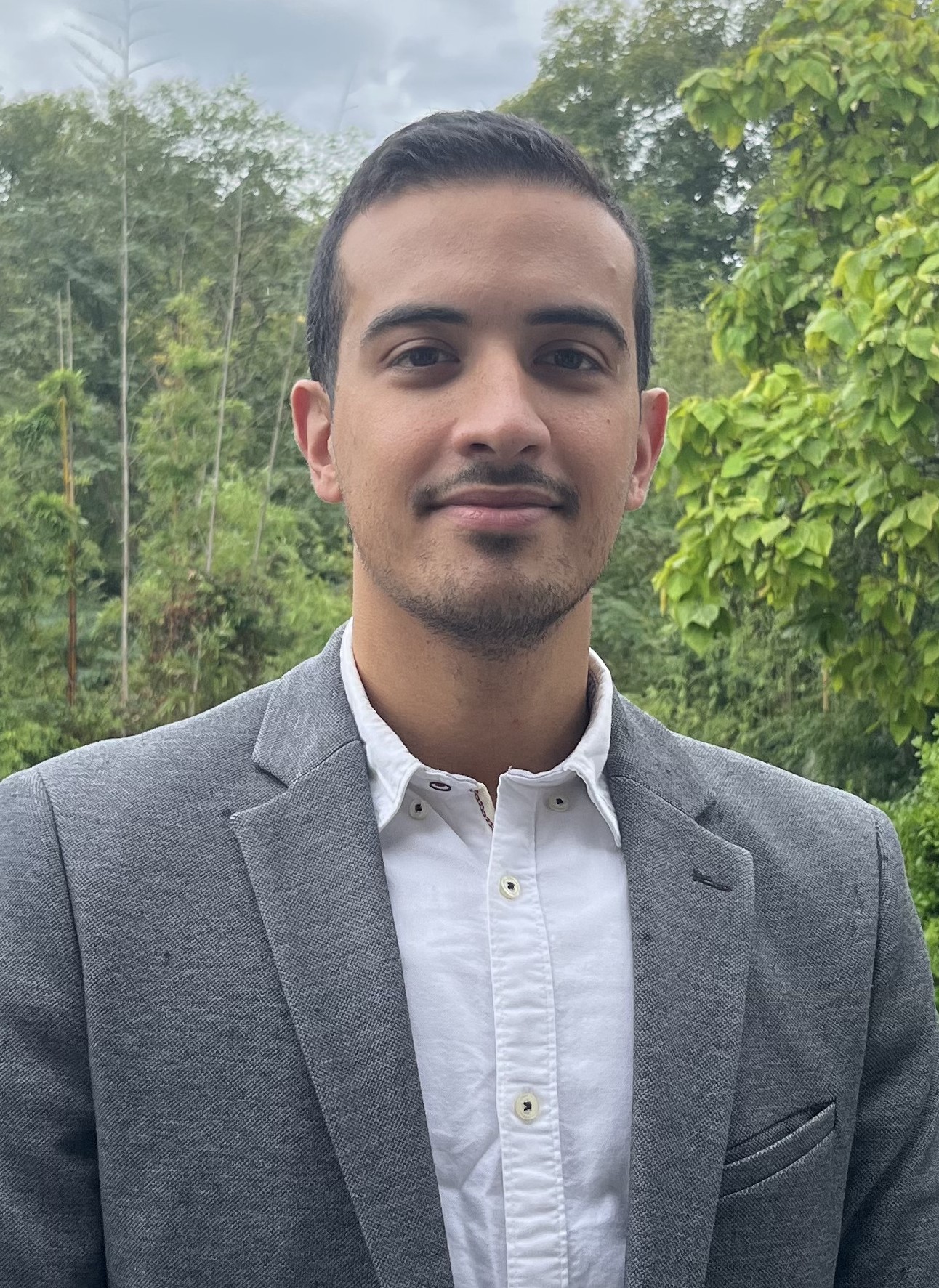63 - Residual Stress in Wire Arc Additive Manufacturing: Modeling – Instrumentation – Traceability
Abstract
Directed Energy Deposition metal-printing techniques are getting attention from various industrial sectors with growing expectations regarding materials and processes. They offer numerous advantages due to their high deposition rate, low buy-to-fly ratio, and reduced lead times. Nowadays, 3D-printed components must adhere to standards and specifications while maximizing the efficiency of raw materials and minimizing manufacturing-related losses. Therefore, the processes themselves need to be versatile, repeatable, and cost-effective. Wire Arc Additive Manufacturing (WAAM) process has recently emerged to produce large-scale and complex components used in high-tech industries. This process involves the deposition of molten metal from wire, layer by layer, to build the component. In the WAAM process, the thermal load is the most significant cause of residual stress build-up due to the extension of the bead and subsequent solidification shrinkage. As the material is deposited layer by layer, the process commonly involves complex thermal phenomena and metallurgical transformations. The manufactured part suffers from defects and residual stress that can ultimately lead to failure during printing or critical deformation during its manufacture or repair. To address these issues, the activities related to this work revolve around addressing the challenge of residual stress control through innovative methods. After understanding the phenomena and mechanisms leading to residual stress generation in the WAAM process, new methods for measuring and minimizing the residual stress during and after the fabrication process are explored. This work also investigates the microstructure existing in the manufactured parts due to the thermal gradient and other parameters in the process. It focuses on the analysis of residual stress, which has interdependence with the thermal cycle, microstructure formation, and mechanical response. The hardness and tensile properties of the manufactured parts associated with many input and process parameters are also discussed. Thermomechanical modeling is also used to determine the initial heat input and its effect on the part. The project aims to adapt and enhance the wire arc robotized cells of VLM Robotics by developing in-situ process control methods for monitoring the material behavior of a part during its fabrication. In areas where thermal energy is involved, real-time heat input correction is applied to automatically control and manage the WAAM process thanks to dynamic correctors synchronized in the Siemens Numerical Control Unit.
Speaker

Elia Zgheib
Discover speaker profileSociété VLM Robotics, Lacanau de Mios, France / Laboratoire Génie de Production, INP-ENIT, Tarbes, France
Conference
63 - Residual Stress in Wire Arc Additive Manufacturing: Modeling – Instrumentation – Traceability
Date/Time
20/03/2024
6:20 pm -6:40 pm
Location
Room 6

